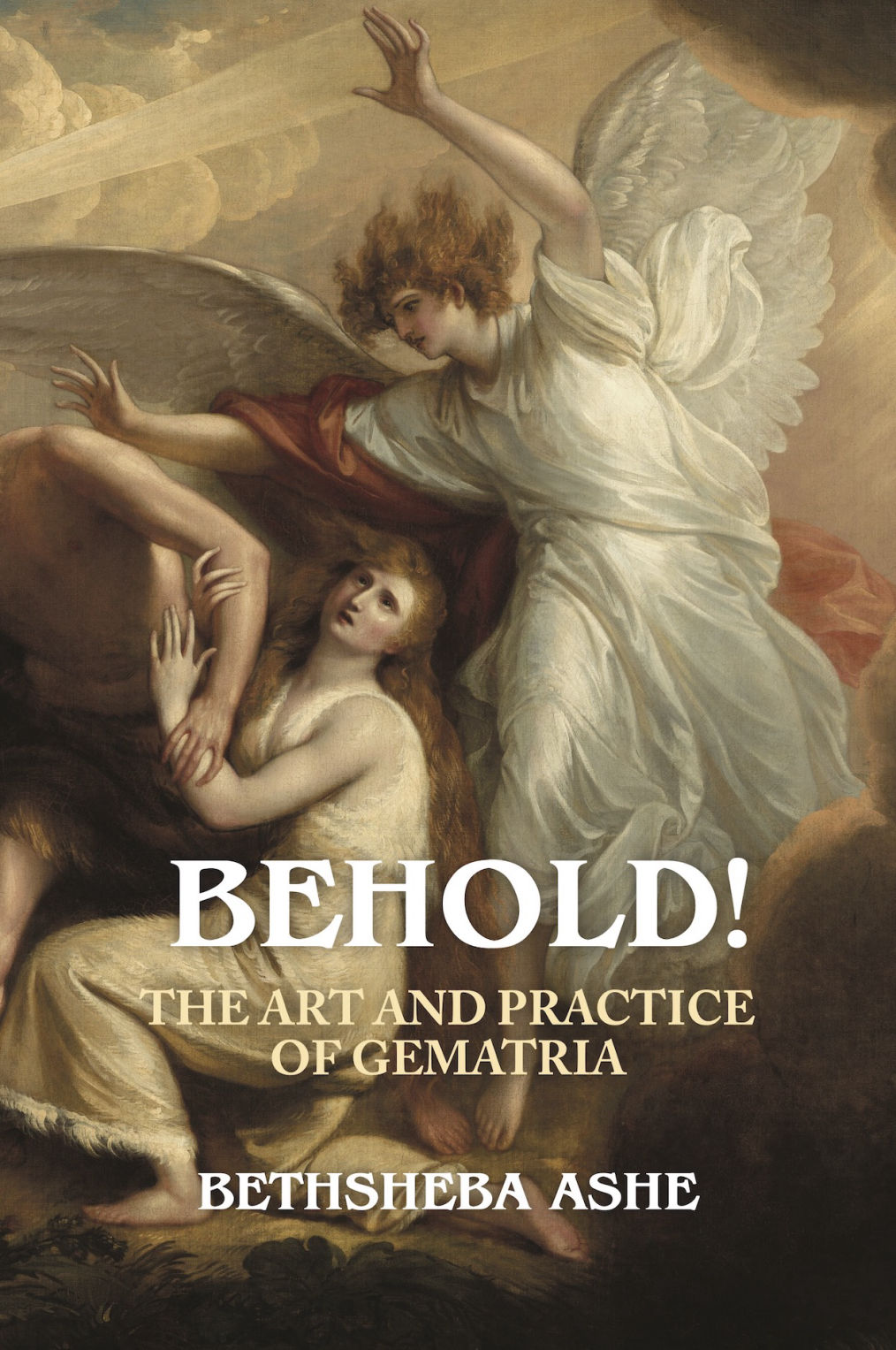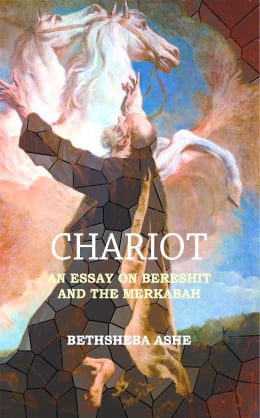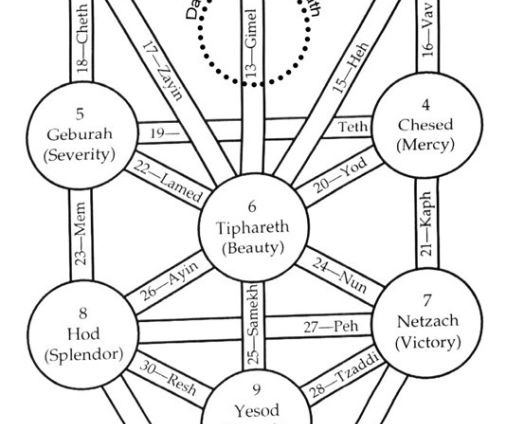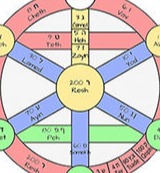In the late bronze age¹ and throughout the biblical period, the practice of Gematria was a formal system of mathematics. Gematria had strict rules and conventions that regulated how calculations were composed and read, just as our formal system of math does today.
You may ask how the ancient Hebrew speaking peoples accomplished this with only the alphabet? That's a great question because at that time there was no notation for arithmetic like +, -, ×, ÷ and this happened before the Arabic numbering system (0, 1, 2, 3, 4 etc) was invented².
In those ancient times all the letters of the alphabet represented numbers, and parts of speech were used to separate calculating values from calculating indicators. Nouns were used for their values, and some verbs and prepositions were reserved to indicate types of arithmetic. For example, to bless ברוך indicated a multiplication by 2, while to curse ארור meant to divide by 2.
“See for YHVH has given you the Sabbath upon that he gives you in the day the sixth bread for two days.” Exodus 16:29
Some nouns were restricted from the count, and these were called middot (measures). These were words like: day, week, year, name, word, shekel, and all types of weights and measures. Middot included some unusual words that we wouldn't think of as measures today, such as: sons, and daughters.
Another feature of the formal system was that some nouns had set values by convention, rather than representing the sum of their letters. These were usually words that were related to the pictorial origins and themes of the alphabet. For example, the letter Beth came from the pictogram of a house, and so the word בית meaning house has the set value of 2 like the Beth. Nun came from the pictogram of a snake, and so the word נחש (nachash) meaning snake has the set value of 50 like the letter. עיניים meaning eyes has the set value of 70 like the letter Ayin which came from the pictogram of an eye.
All these features meant that gematria in the Bible was a formal system of math that readers of the time knew how to decipher so that the exact calculations of biblical writers were understood by biblical readers.
In all ancient societies the practice of numeracy is acquired before literacy, often by a significant margin³, and before Hebrew letters were corresponded to phonetic sounds that could be recorded, they were numbers. The numbers of the alphabet were assigned to specific yet broad themes which corresponded to how the ancients perceived the ancient world. These themes were matters that were thought to be in the experience of all human beings like day, night, the sky, birth, death, etc. These were all arranged into a diagram, alternatively called the Seven Palaces or the Merkabah (Chariot), and this was used for correspondences. The Merkabah was made a restricted study by the Sages, so little mention of it was made in the Talmud. This restriction also covered the main ciphers used in the Bible, with the exception of the Standard Cipher (Mispar Hechrechi).
GEMARA: The Gemara poses a question: You said in the first
clause of the mishna: Nor may one expound the Design of the
Divine Chariot by oneself, which indicates that the topic may not
be learned at all, and yet you subsequently said: Unless he is wise
and understands most things on his own, which indicates that an
individual is permitted to study the Design of the Divine Chariot.
The Gemara explains: This is what the mishna is saying: One may
not expound the topic of forbidden sexual relations before three
students, nor the act of Creation before two, nor may one teach the
Divine Chariot to one, unless that student was wise and understands on his own.
- Chagigah 11b:8–9, The William Davidson Talmud.
The ancients would have just called their system of math מנה (manah) which means to count. The word Gematria was borrowed from the Greek word meaning geometry, as in practical terms this meant land measurement and it was probably intended to refer to mathematics.
"The ancient rabbis were well aware of this use of geometry. It is to it that, in Pirkei Avot or “The Ethics of the Fathers,” Rabbi Eliezer Hisma was referring when he said, “Tekufot [calendrical reckoning] and gimatriya’ot [geometrical algebra] are side dishes to wisdom.” Gematria thus came to mean the algebraic solution of mathematical problems, and eventually, simple arithmetic and the calculation of the numerical values of Hebrew words. This is the sense in which it entered Jewish tradition, in which both it and the technique it designates are still widely encountered today." - Philologos (The Forward, 2013).
The Gematria ciphers for the Hebrew Bible were transposed to the Greek alphabet by Jewish converts to Christianity and they were used in the New Testament. Soon afterwards, the New Testament cipher was lost by Christian Churches, to the detriment of general biblical exegesis.
In 1900 the Biblical Ciphers were re-discovered by Aleister Crowley, who transliterated them to our modern alphabet and used them in Liber Al vel Legis and other of his Class A texts. Aleister used his knowledge of the Merkabah and the biblical ciphers as the architecture behind the Qabalah of Thelema.
In 2015 the biblical ciphers were rediscovered by the Noachide and Thelemite cryptographer Bethsheba Ashe, the creator of this calculator, and she spent the years following deciphering the ancient hebrew formal system using scientific method. She has presented the results of several years of biblical decipherment in her guide to the study of gematria throughout the ages: 'Behold! The Art and Practice of Gematria', which will be published by Aeon Books on the 31st October 2023.
[1.] The oldest example of gematria is in the Mt. Ebal Curse tablet.
ASHE, B. (2023). Behold: The art and practice of gematria. Aeon Books. pg 21-22.
[2.] The History of Mathematical Symbols: https://encyclopediaofmath.org/wiki/Mathematical_symbols
[3.] Overmann, K. A. (2023). The materiality of numbers: Emergence and elaboration from prehistory to present. Cambridge University Press.





Please SHARE this PAGE!